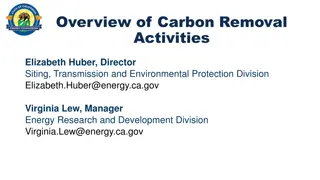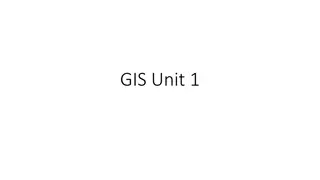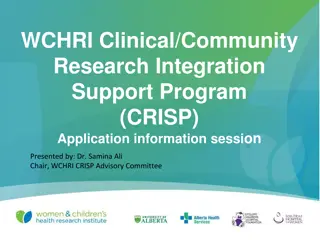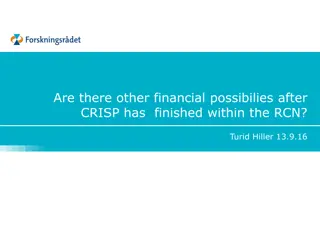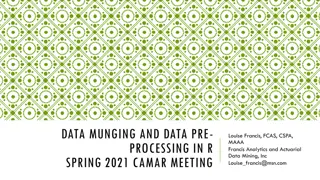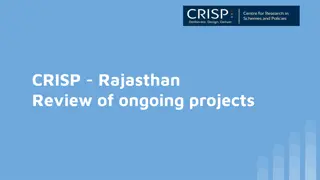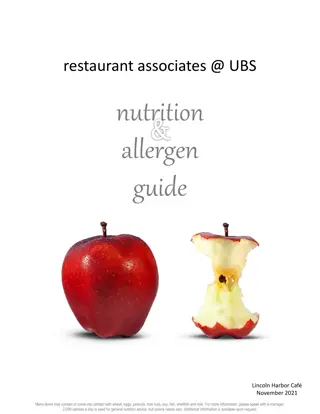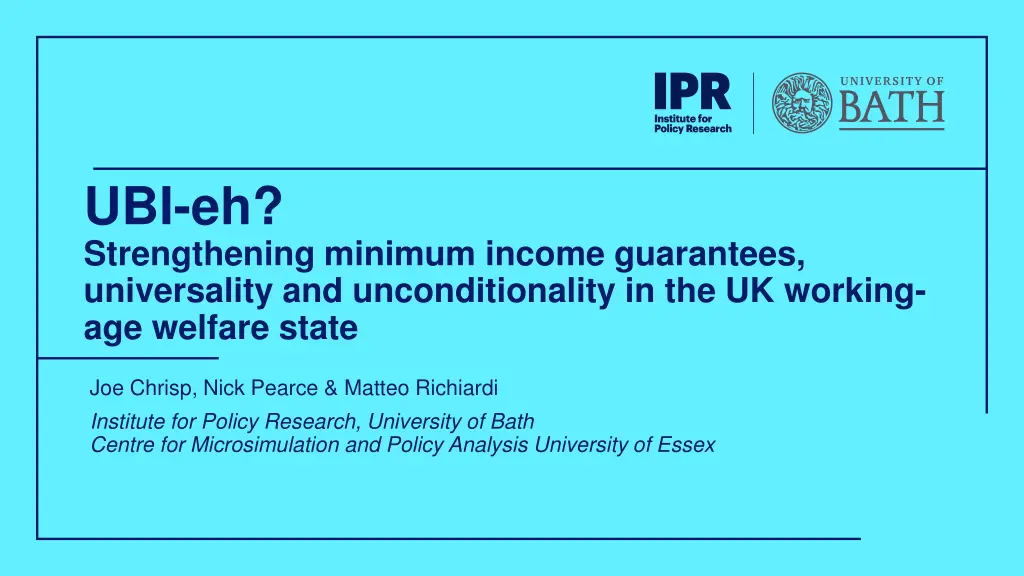
Strengthening Minimum Income Guarantees in the UK Welfare State
Explore the distributional and cost implications of reforms towards Universal Basic Income (UBI) in the UK welfare state. Learn about steps policymakers can take, political support for UBI, and reforms to Universal Credit and Family Benefits. Analyze the tax implications and potential models for enhancing minimum income guarantees.
Download Presentation

Please find below an Image/Link to download the presentation.
The content on the website is provided AS IS for your information and personal use only. It may not be sold, licensed, or shared on other websites without obtaining consent from the author. If you encounter any issues during the download, it is possible that the publisher has removed the file from their server.
You are allowed to download the files provided on this website for personal or commercial use, subject to the condition that they are used lawfully. All files are the property of their respective owners.
The content on the website is provided AS IS for your information and personal use only. It may not be sold, licensed, or shared on other websites without obtaining consent from the author.
E N D
Presentation Transcript
UBI-eh? Strengthening minimum income guarantees, universality and unconditionality in the UK working- age welfare state Joe Chrisp, Nick Pearce & Matteo Richiardi Institute for Policy Research, University of Bath Centre for Microsimulation and Policy Analysis University of Essex
Motivation - To examine the distributional and cost implications of reforms that could be pitched as steps towards UBI (or alternatives depending on your perspective) - To design these reforms so that policymakers could use the analysis to evaluate the value of these steps Footer text here 2
Beyond cheap support Parties tend not to commit to UBI as a policy in manifestos but rather one of the following (Chrisp 2020): Political support for UBI Experiments Government commissions Steps What kind of steps? Footer text here 3
Reforms to Universal Credit Age group / benefit Step Modelling implications Auto-register all households/residents in UC system Increase take-up to c. 100% Working age population / Universal Credit Remove job-seeking conditions from standard allowance in UC Remove (or increase threshold of) wealth/savings from means test Extend eligibility of UC standard allowance to those in households with higher savings/wealth Taper rate to 40% Reduce taper rate Increase level of standard allowance in UC Increase to 120/week for single households and 200/week for couples Footer text here 4
Reforms to Family Benefits Age group / benefit Step Modelling implications Remove High Income Child Benefit Charge Extend child benefit to higher earners Children / Child Benefit Scrap 2-child limit in UC Extend eligibility to 3rd child and more Increase Child Benefit level Increase to 30/week Footer text here 5
Modelled tax implications For each policy or policy combinations we report the gross cost and then the distributional consequences if this was: 1. Externally financed (no changes to income tax) 2. Funded through progressive changes to income tax i.e. pp increase on each tax band at a ratio of 1:2 wrt the basic rate vs. higher and top rate (with a minimum increase of 0.2pp) i.e. a 1% increase in the basic rate to 21% would mean the higher rate would be 42% and the top rate 47%
NB The first step modelled was increasing take-up to 100%. This would cost 12.802bn. All subsequent calculations of cost and tax changes were done in reference to baseline of 100% take up 100% take up assumed to be consequence of: Auto-registering all residents in UC and removing sanctions
Costs and tax implications for individual reforms Individual policy reform Estimated gross cost Suggestive possible tax implications Finish migration to UC 1.272bn <0.2pp Remove wealth/savings from UC means test Reduce taper rate to 40% 0.468bn <0.2pp 9.221bn Basic: +0.8pp; Higher: +1.6pp Increase standard allowance ( 120/week & 200/week) Remove High Income Child Benefit Charge Scrap 2-child limit in UC 11.108bn Basic: +1pp; Higher: +2pp 3.521bn Basic: +0.2pp; Higher: +0.4pp 1.511bn <0.2pp Increase child benefit ( 30/week) 4.765bn Basic: +0.4pp; Higher: +0.8pp
Costs and tax implications for cumulative reforms Individual policy reform Estimated gross cost Suggestive possible tax implications Finish migration to UC 1.272bn <0.2pp Remove wealth/savings from UC means test Reduce taper rate to 40% 1.897bn Basic: +0.2pp; Higher: +0.4pp 14.403bn Basic: +1.2pp; Higher: +2.4pp Increase standard allowance ( 120/week & 200/week) Remove High Income Child Benefit Charge Scrap 2-child limit in UC 33.863bn Basic: +3.2pp; Higher: +6.4pp 37.383bn Basic: +3.6pp; Higher: +7.2pp 39.56bn Basic: +3.8pp; Higher: +7.6pp Increase child benefit ( 30/week) 46.124bn Basic: +4.4pp; Higher: +8.8pp
Illustrative trade-offs for METRs The two main policies that aim to reduce marginal effective tax rates are: - 40% taper rate - Removing Child Benefit Income Tax charge But all policies will affect METRs in some way trilemma / iron triangle (Blundell 2001)
Next steps Incomplete take-up Only increase higher and additional rates rather than basic, possibly VAT Model and report METRs Include dynamic labour responses Footer text here 15


